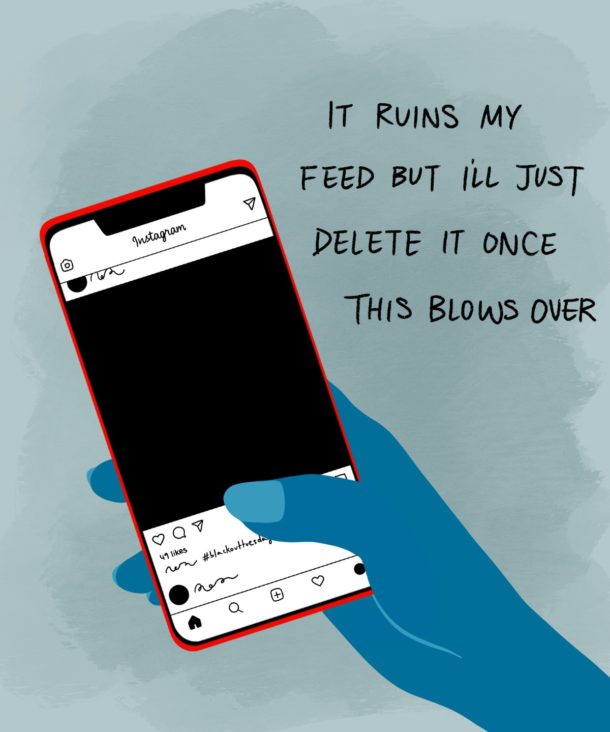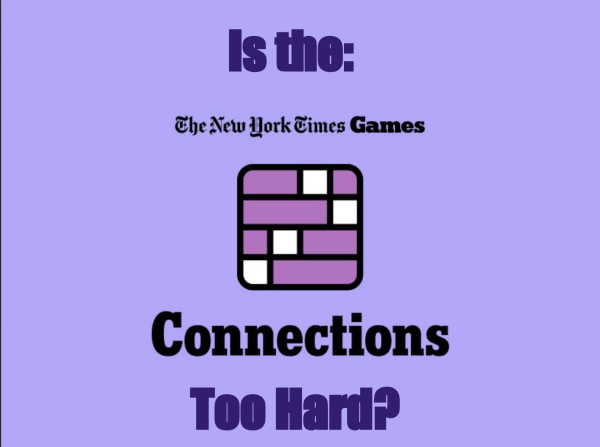How Much “Change” is Actually Happening from Social Media?
Performative Activism
Social media has become a huge platform for news and activism. It’a used by influencers, news platforms, and every day people to show support and raise awareness for current issues.
But how much “change” is actually happening from social media?
Back in 2020 after the George Floyd murder many of my peers, including myself, posted black squares on instagram in support of the Black Lives Matter movement. Feeds were flooded black, in hopes that it would raise awareness for the movement, but I think it may have done the opposite. In an article by Allison Hinrichs she says, “Many Black Lives Matters’ members criticized the #BlackoutTuesday trend that occurred following Floyd’s death, pointing out that the posts were clogging up critical sources of information by using #BLM to post black squares.” and “White people will protest with us and post black squares on Instagram in solidarity but eventually white people will stop coming, they will continue to post ‘Black Lives Matter,’ for a while but it eventually dies down and nothing changes and the cycle continues.”
IF YOU ARE PARTICIPATING TODAY BY SHARING A BLACK SCREEN, PLEASE USE THE HASHTAG #BlackOutTuesday . USING #BlackLivesMatter SILENCES BLACK VOICES.
IF YOU HAVE ALREADY POSTED, REPOST. YOU CANNOT EDIT, AS INSTAGRAM LEARNS THE ALGORITHM.
LETS BE HELPERS, NO HINDERERS. pic.twitter.com/VflEfohapk
— Scott Helman (@ScottHelman) June 2, 2020
In addition to burying valuable information, promoting the Black Lives Matter movement heavily online can lead to white allies only believing that their digital activism is enough. Digital activism is easy, lazy, and insincere- it doesn’t take much passion to share hashtags behind a screen. Another underlying motivator for performative activism is virtue signaling- posting something online in hopes that others will commend you for having good morals. Virtue signaling is so common among celebrities and influencers that it is difficult to know if someone is actually using their platform for publicity or for support.
A study report by Aerianna McClanahan goes into depth about performative activism specifically on social media. The introduction reads, “This study is influenced by standpoint theory given that this research was conducted by a self-identified white ally whose personal experiences have influenced this topic through self-reflection of individual shortcomings in allyship practices.” She believed her role on social media was helpful in regards to activism, but the results of the study found otherwise: “less than half of the respondents report sharing content about #BLM only 1-2 times a week despite over half of the same respondents considering themselves to fall within the category of medium-level engagement. This is an interesting trend in the data because the frequency of posts about #BLM is relatively low” The three most common mistakes she found white people make are: using the #BlackLivesMatter as a means of virtue signaling, misusing common phrases and terminology surrounding racial issues in a way that reaffirms notions of white supremacy and privilege, and policing the tone of their BIPOC counterparts or refusing to acknowledge BIPOC as agents of change within their own lives.
Pew Research Center also reports that less than half of (45%) white adults show support for BLM as of September, whereas the majority of white adults (60%) showed support in June, only further proving lack of engagement by self-proclaimed white allies (Thomas and Horowitz, “Support for Black Lives Matter has decreased since June but remains strong among Black Americans”). While engagement is dropping amongst white allies, engagement slightly increases amongst Black citizens.
We cannot keep thinking that just our digital activism is sufficient in creating change, we need to take real action.

Avery Hoch is a Senior and writing for her third year on The Gator's Eye.












